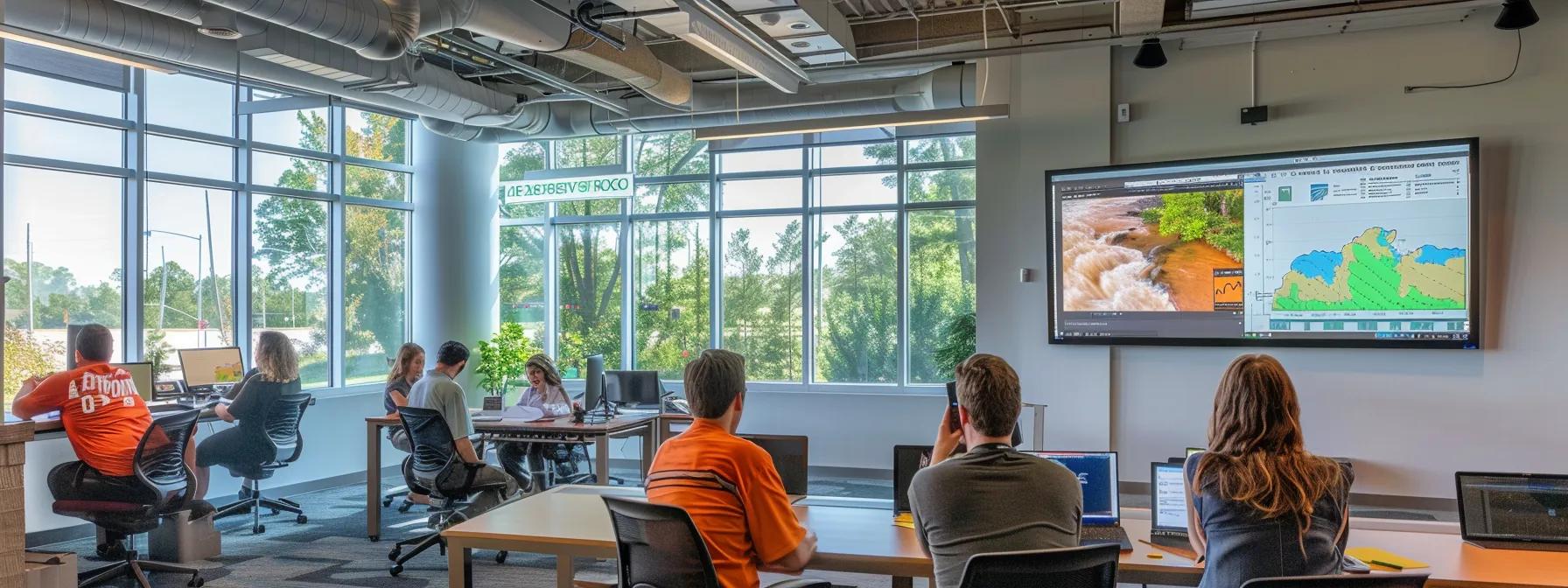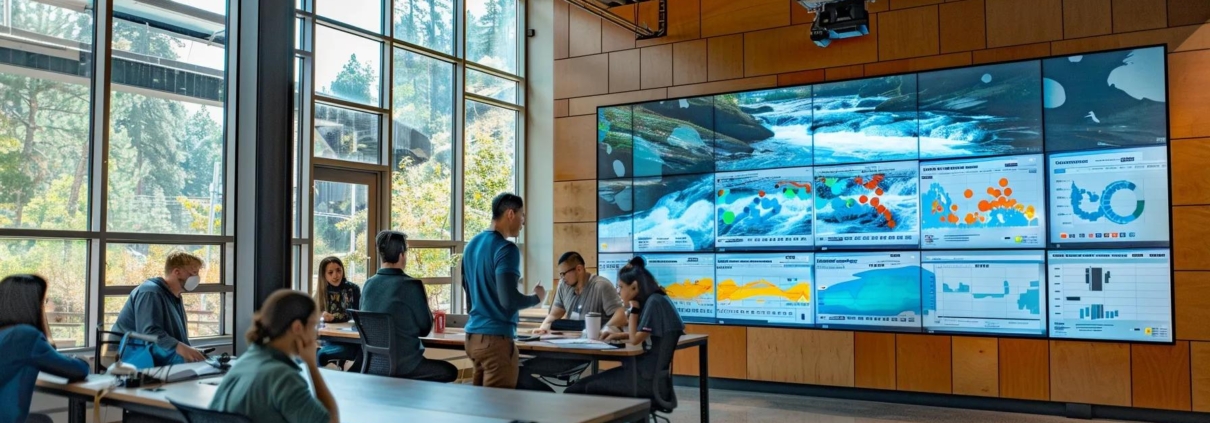Ocoee River Flow Rate Tips for an Enjoyable Rafting Experience
Understanding the importance of Ocoee River whitewater rafting conditions is essential for planning a successful and safe adventure. Key details include how river measurements are taken, what typical flow ranges look like, and the safety practices that align with varying water levels. Proper planning and preparation ensure a thrilling yet controlled rafting experience. Due to the river’s popularity, many enthusiasts reserve Ocoee rafting trips in advance to guarantee availability during peak seasons.
What Is the Ocoee River Flow Rate and Why Does It Matter for Rafters?
The Ocoee River flow rate indicates how fast water moves and influences rafting conditions. Measured in cubic feet per second, it affects rapid intensity, water levels, and overall difficulty. Knowing the flow rate helps in preparing proper gear and ensuring a safe adventure.
How Is the Ocoee River Flow Rate Measured and Reported?
Measurements use flow gauges and radar sensors. Authorities report the rate on government or outfitter websites, providing critical data on water force and potential hazards.
What Are Typical Flow Rate Ranges on the Ocoee River?
Flow rates vary from 1,000 to 4,000 cubic feet per second. Lower ranges offer calmer conditions for beginners, while higher ranges create intense Class III–IV rapids that demand skilled navigation and robust equipment.
How Do Flow Rates Affect Rafting Conditions and Difficulty?
Higher flow rates produce faster, forceful rapids that require advanced techniques; lower rates provide smoother, more controllable water. Flow rate shifts influence wave formation and turbulence, helping guides adjust strategies and ensure group safety.
How Can Rafters Access Real-Time Ocoee River Flow Rate Data?

Rafters can check updates via official government websites, river monitoring apps, and trusted outfitter alerts. Real-time data allows for quick decision making and safe trip planning.
Which Official Sources Provide Accurate Flow Rate Updates?
Government agencies, river management authorities, outfitter platforms, and local conservation departments post verified flow statistics to ensure reliable information before planning an adventure.
What Are the Recommended Flow Rates for Different Rafting Skill Levels?
Different skill levels require different flow rates for optimal safety and enjoyment. Matching the rate with your experience and boat type is key to a secure whitewater adventure.
What Flow Rates Are Ideal for Beginner Rafters?
Beginners should stick to flow rates under 2,000 cubic feet per second, ensuring controllable, less turbulent rapids that help in learning paddling techniques and navigation.
How Do Intermediate and Advanced Rafters Interpret Flow Rates?
Intermediate rafters typically manage 2,000–3,500 cubic feet per second, while advanced rafters handle rates above 3,500 cubic feet per second. These ranges dictate the level of rapid intensity and required safety measures.
How Do Boat Types and Group Sizes Influence Flow Rate Suitability?
Agile rafts are best for low to moderate flows, whereas larger boats cope better with high discharge. Larger groups need precise coordination and may require adjustments to maintain safety.
How Do Seasonal Changes and Weather Impact Ocoee River Flow Rates?

Seasonal changes significantly affect flow rates. Snowmelt and spring rains raise water levels, while drought conditions lower them. Continuous monitoring of weather forecasts is essential for safe rafting.
What Are Typical Seasonal Flow Rate Patterns on the Ocoee River?
Spring brings peak flows from snowmelt and rainfall, summer offers moderate rates, and autumn sees declines. Winter conditions vary, sometimes surging during storms.
How Do Rainfall and Drought Conditions Affect Flow Rates?
Heavy rainfall can surge water levels and rapid strength, while drought exposes rocks and reduces rapid activity. These changes call for flexible trip planning.
When Are Flow Rates Most Unpredictable or Dangerous?
Rapid fluctuations during transitional seasons or storms lead to unpredictable and hazardous conditions. Staying alert and heeding flow alerts is crucial for safety.
What Safety Tips Should Rafters Follow Based on Ocoee River Flow Rates?
Always follow flow rate alerts and safety guidelines. Regularly check real-time data, use appropriate gear, and listen to expert advice to maintain safety during varying water conditions.
How to Interpret Flow Rate Alerts and Warnings?
Alerts signal potential hazards such as surging water or reduced visibility. Reading and acting on these alerts allows for proactive changes to trip plans, keeping everyone informed.
What Emergency Resources Are Available for Ocoee River Rafters?
Emergency resources include local ranger assistance, rapid-response teams, and on-field rescues. Outfitter companies offer helpline numbers and GPS tracking to ensure a swift response if needed.
How to Prepare Your Gear and Group for Varying Flow Conditions?
Before departure, test all equipment and ensure personal protective gear is intact. Brief the group on emergency protocols and assign roles. Having gear suited for both low and high flow conditions is vital.
How Can Rafters Use Historical Flow Rate Data to Plan Their Trips?

Historical flow data helps predict future conditions and choose optimal rafting days. Studying trends enables better trip timing, anticipation of water volume, and improved safety strategies.
Where to Find Historical Flow Rate Trends for the Ocoee River?
Historical records are available on government databases, state park websites, and water monitoring portals, offering past flow rates for trend analysis before your adventure.
How to Predict Rafting Conditions Using Past Flow Data?
Comparing historical trends with current weather forecasts helps predict rapid intensity and seasonal surges. This insight guides decisions on gear and scheduling to enhance safety.
What Flow Rate Patterns Indicate the Best Rafting Days?
Optimal rafting days are marked by steady, moderate flows without sudden surges. Favorable historical patterns combined with good weather suggest safe and thrilling conditions.
How Does the Ocoee River Flow Rate Guide Support Community Engagement and Adventure Planning?
This guide encourages rafters to share experiences and discuss flow conditions. It supports community knowledge, helps in gear choice decisions, and aids in booking guided tours that match current water data.
How Can Rafters Share Reviews and Photos Related to Flow Conditions?
Rafters can share reviews and photos on rafting forums, social media groups, and outfitter websites. This exchange of experiences assists others in planning and gear selection.
What Forums and Discussion Groups Focus on Ocoee River Rafting?
Dedicated online communities, including whitewater rafting forums, Outland Expeditions’ boards, and regional Facebook groups, provide firsthand insights and current flow updates.
How to Book Guided Tours Based on Current Flow Rates?
Check official websites for flow data and consult professional guides. Companies like Outland Expeditions adjust trips based on current discharge, matching tours to experience levels and safety conditions.
Frequently Asked Questions
Q: How do I check real-time Ocoee River flow rates?
A: Use websites and apps like USGS or RiverFlow Tracker for updates every 15–30 minutes.
Q: What flow rate is safe for beginner rafters?
A: Beginners should choose flow rates below 2,000 cubic feet per second to avoid overwhelming rapids.
Q: Can weather change flow rates during my trip?
A: Yes, rain and drought can quickly alter flow rates, so it is important to monitor updates.
Q: How do high flow rates affect rafting safety?
A: Higher flow rates increase rapid strength and turbulence, requiring advanced skills and extra safety measures.
Q: Where can I find historical flow data for trip planning?
A: Historical data is available on governmental and river monitoring sites, aiding in predictive analysis for optimal days.
Final Thoughts
This guide provides concise, expert information on the Ocoee River flow rate. It offers reliable data and safety tips to maximize adventure while reducing risk. Use these insights to plan well-informed, thrilling rafting trips. Stay alert, prepared, and enjoy the exhilarating whitewater experience.




Leave a Reply
Want to join the discussion?Feel free to contribute!